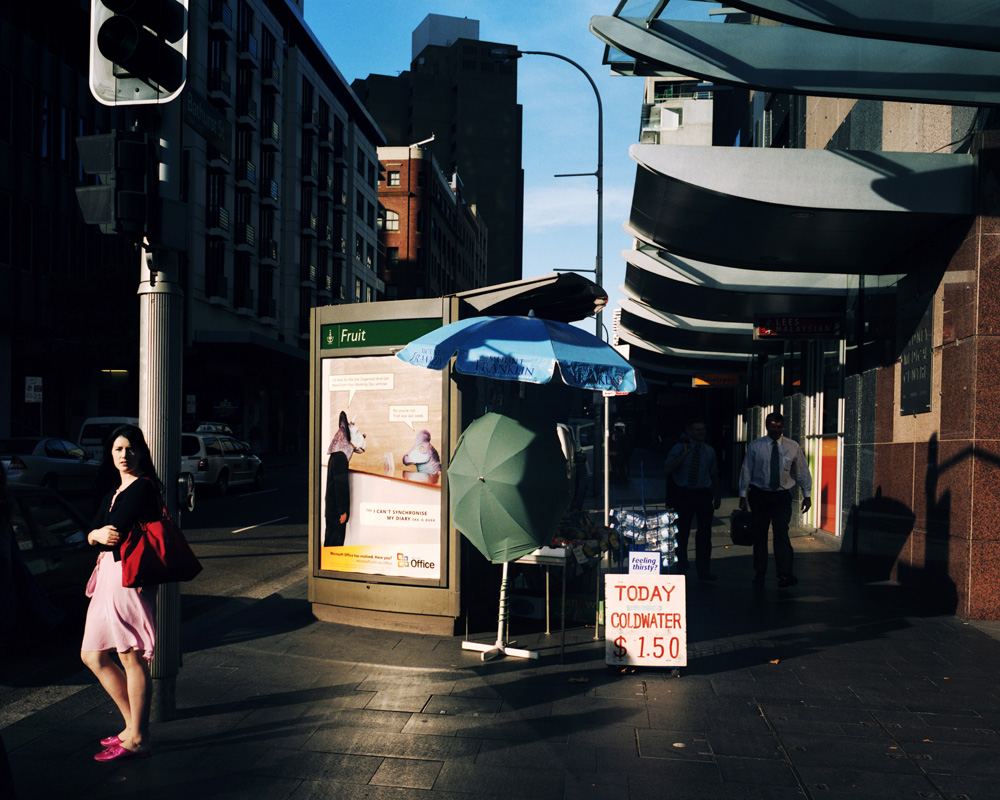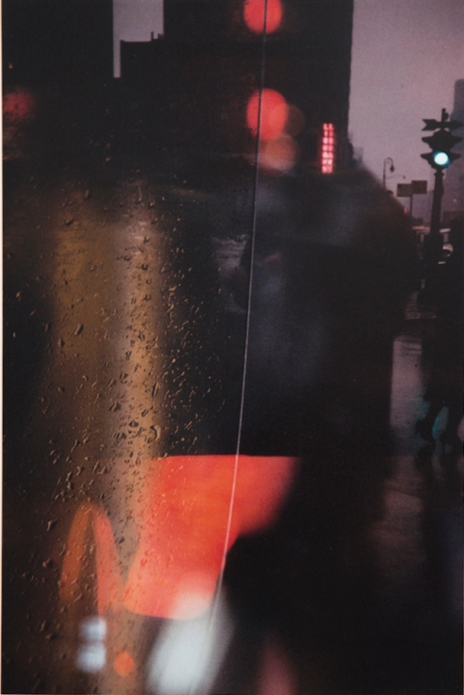Tony Ray Jones – American Colour
80 pages
45 colour plates
20 cm x 20 cm
Hardcover with dustjacket
Publication date: September 2013
€25.00 £20.00 $30.00
ISBN 9781907946554
I’ve been out buying books again, Tony Ray Jones is a photography hero of mine, I discovered him while writing an essay about photography and british culture. I was struck that his 1973 book “A Day Off” stood perfectly between the imperial Bill Brandt and the garish work of Martin Parr. I was captivated by the book because Ray-Jones address subjects like tradition, class systems, modern (as it was then) culture and other social themes from a british perspective. The images are always interesting, sometimes cutting and often humourous. Sadly my budget doesn’t stretch to the £800+ out of print copy I saw, well priced too – as I believe Tony Ray Jones to be a pioneer of british social documentary. Do note that although I’m not reviewing this part of his work there’s an excellent retrospective compiled by Martin Parr (and including some of Parrs Early work) at the Science Museum.
Naturally hearing a ‘sketchbook’ of his earlier work, American Colour, had been released by the publishers MACK I was very happy – (I can afford £20). I was very curious about American Colour to see the images from Ray-Jones’ early career.

Although working for CBS in New York as a graphic designer / art director, Ray Jones had a depth of understanding of the medium of photography was hanging around with Joel Meyerowitz and Garry Winogrand in New York taking pictures. It must be remembered in the early 1960’s the creative photography scene was very much on the outside of the “art Establishment” and colour photography was on the outside of the creative photography scene. To illustrate further Martin Parr expressed his belief that the use of colour film was rejected by an ‘old guard’ of photographers in the UK until the 1980’s.
This collection of colour images is very successful in portraying a New York of the time, they often also betray his graphic design background in the way he uses composition and order. But why did Ray Jones work in black and white for England, and colour for this earlier American work? Here’s a quote from him on the subject;
I found America a very colour-conscious country. Colour is very much part of their culture, and they use it in crazy ways. You look down Madison Avenue at lunchtime and the colours just vibrate.
Tony Ray-Jones
 I believe this to be true – having been to the US the two things that strike me are always the country’s colour and scale – both are very different from that here in the UK.
I believe this to be true – having been to the US the two things that strike me are always the country’s colour and scale – both are very different from that here in the UK.
Even though New York photographer Saul Leiter was unknown at the time, so it’s unlikely Ray-Jones would have been aware of his photography work, there are parallels between Leiter‘s and Ray-Jones’ photographic work, For example use of structure, content and technique – such as playing with foreground, middle ground and background, and focusing on small sections of a larger image . However, images in “American Colour’ were also created about the time of Robert Franks’ groundbreaking work “The Americans” – which Ray-Jones would have been aware of, see the images of the biker fro an example.
This book appears to have parallels with the beauty of Leiters work and contains some of the documentary of Robert Frank – although compared to A Day Off. It’s a softer version, considering cultural observations without Franks often cold eye and considering beauty without the extreme abstraction of Leiter – it also definitely borrows from Ray-Jones’ graphic training. Tony Ray Jones has has own observations, where he uses his cultural, professional and photographic references to ask, “How does the New York / American experience reveal itself”.
I think its a beautiful book, in each image outsider Ray-Jones examines ‘american-ness’, curious about a countries aesthetics, perspective and people – and although it doesn’t have the sheer documentary brilliance of “A Day Off” it is an illustration of a great british photographers early development moving from design, commercial art-drectionand into an emerging style which was both surprising and thrilling.









